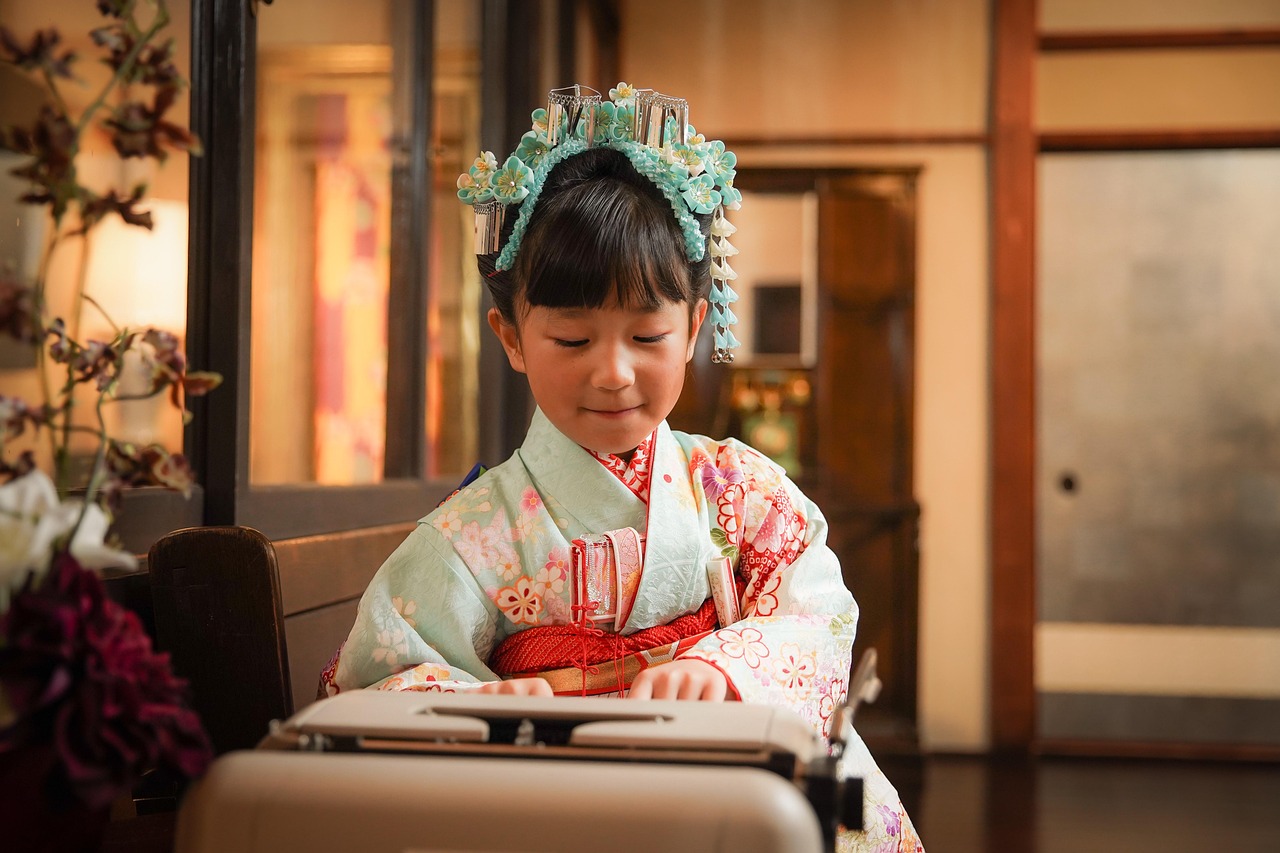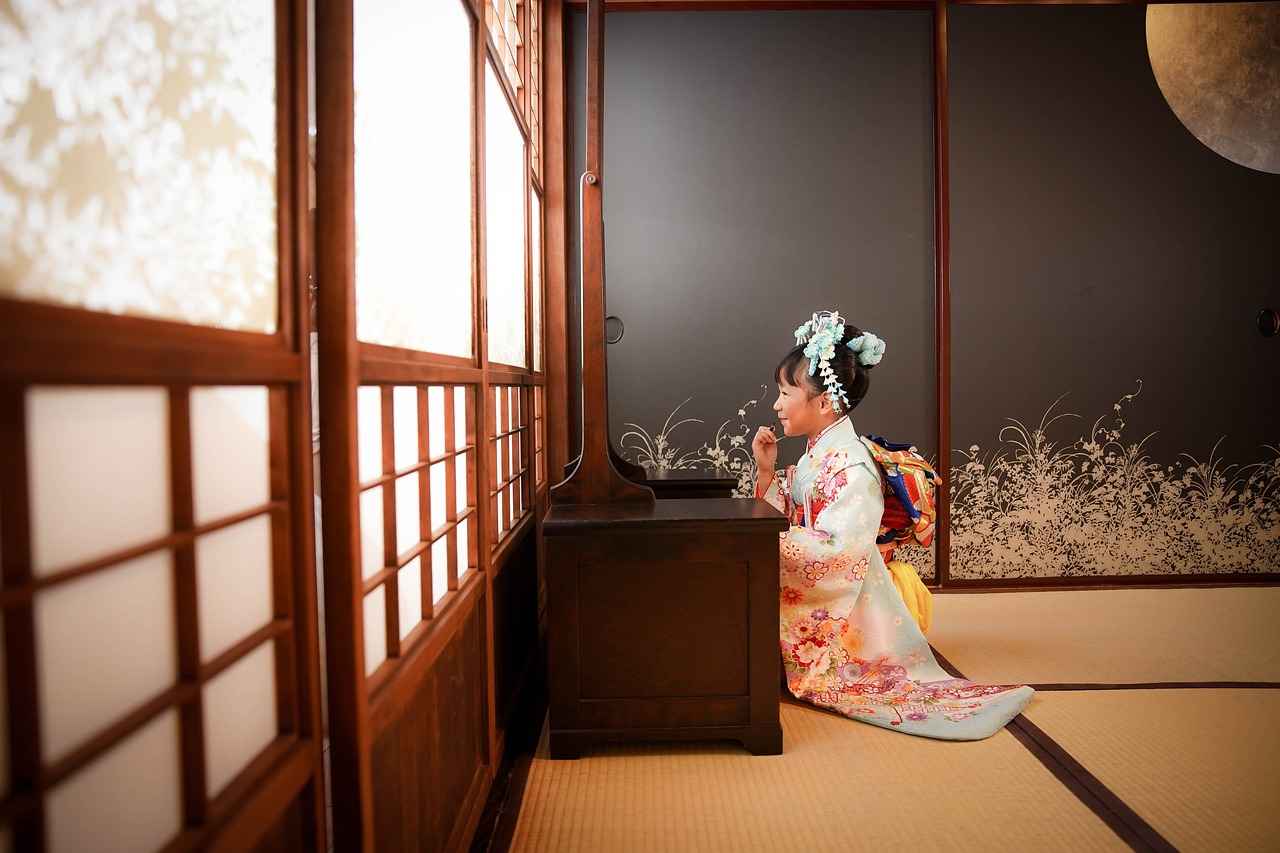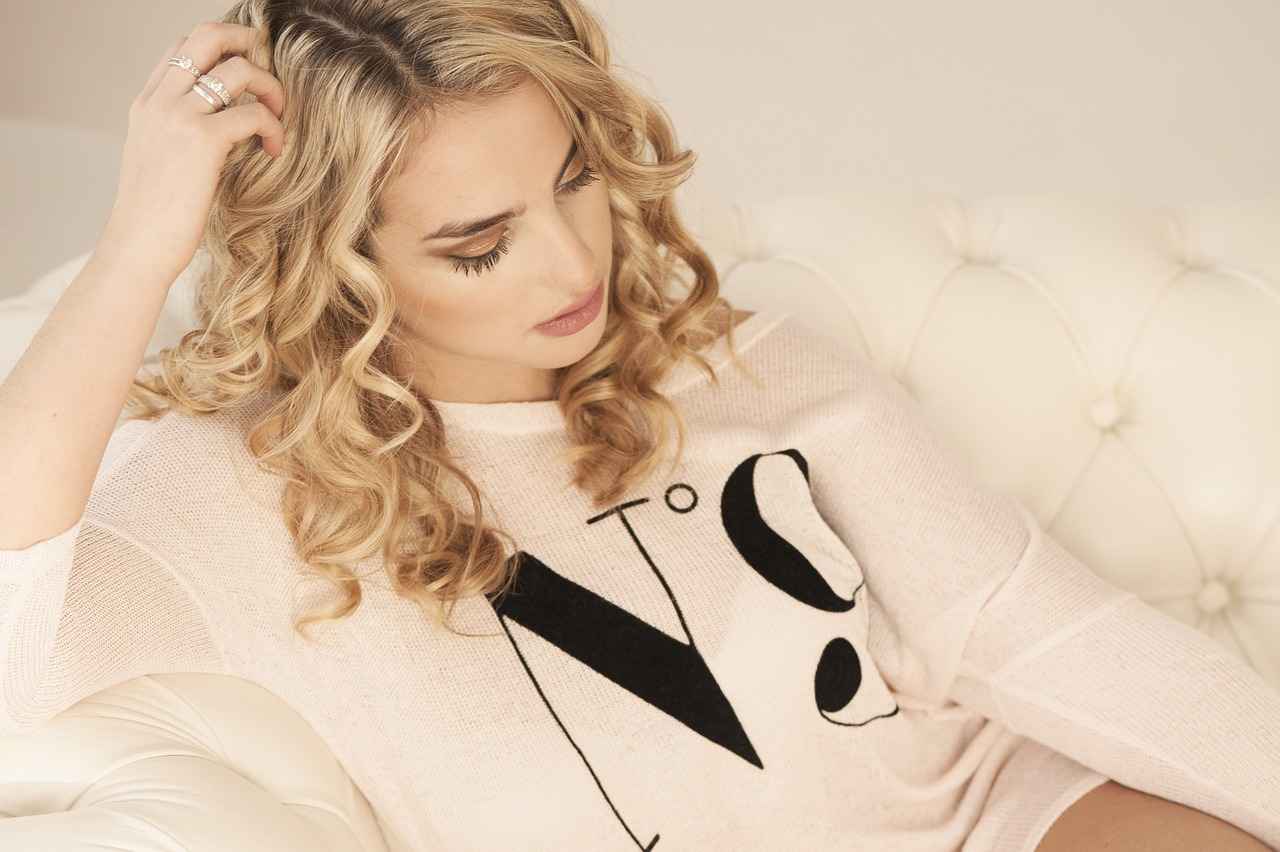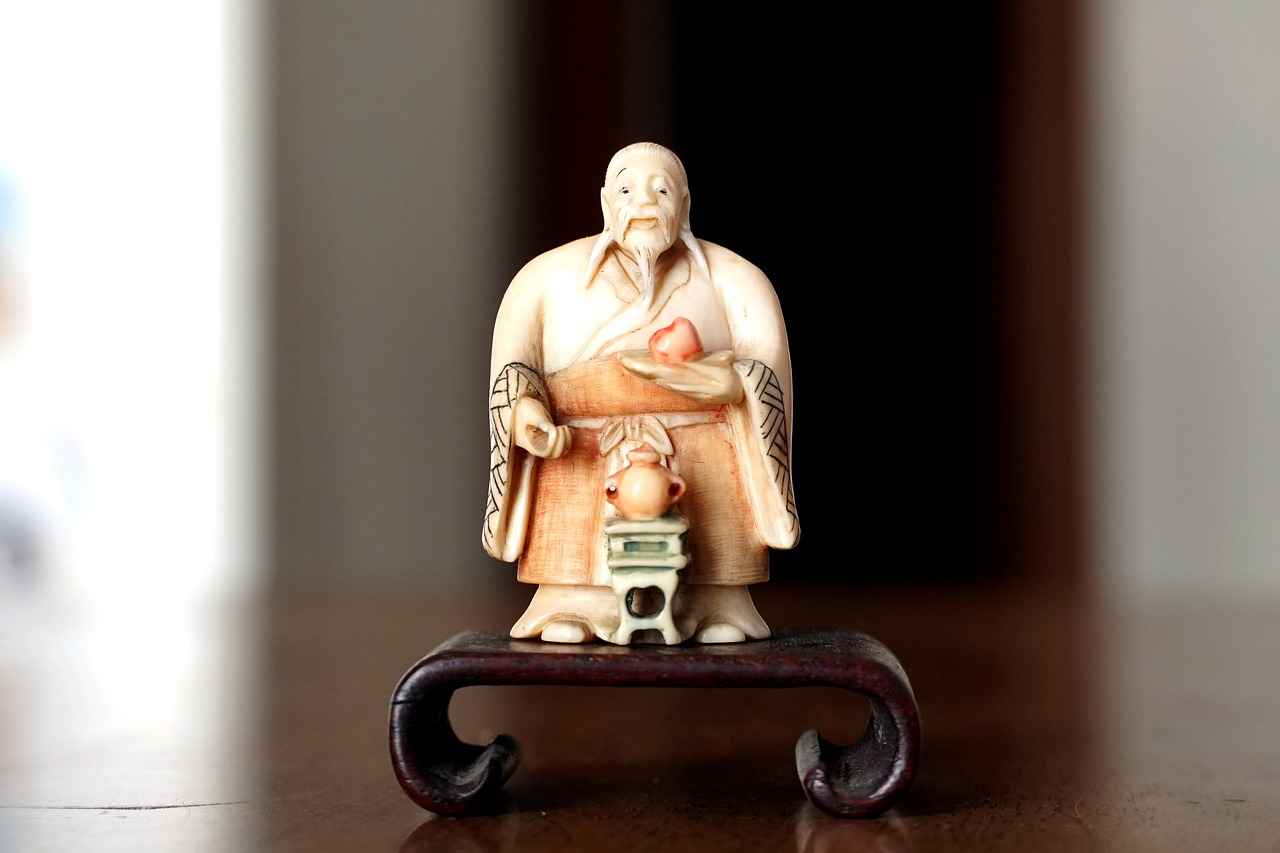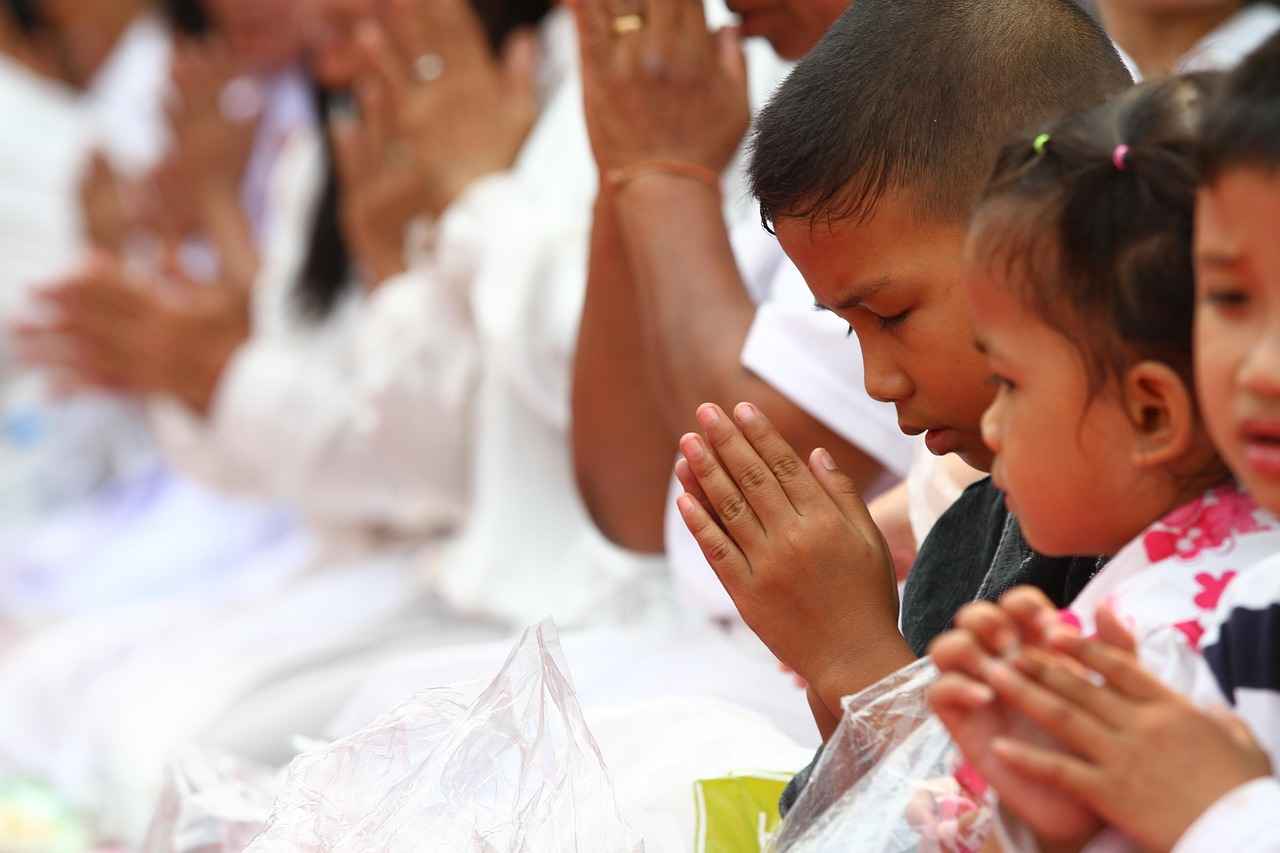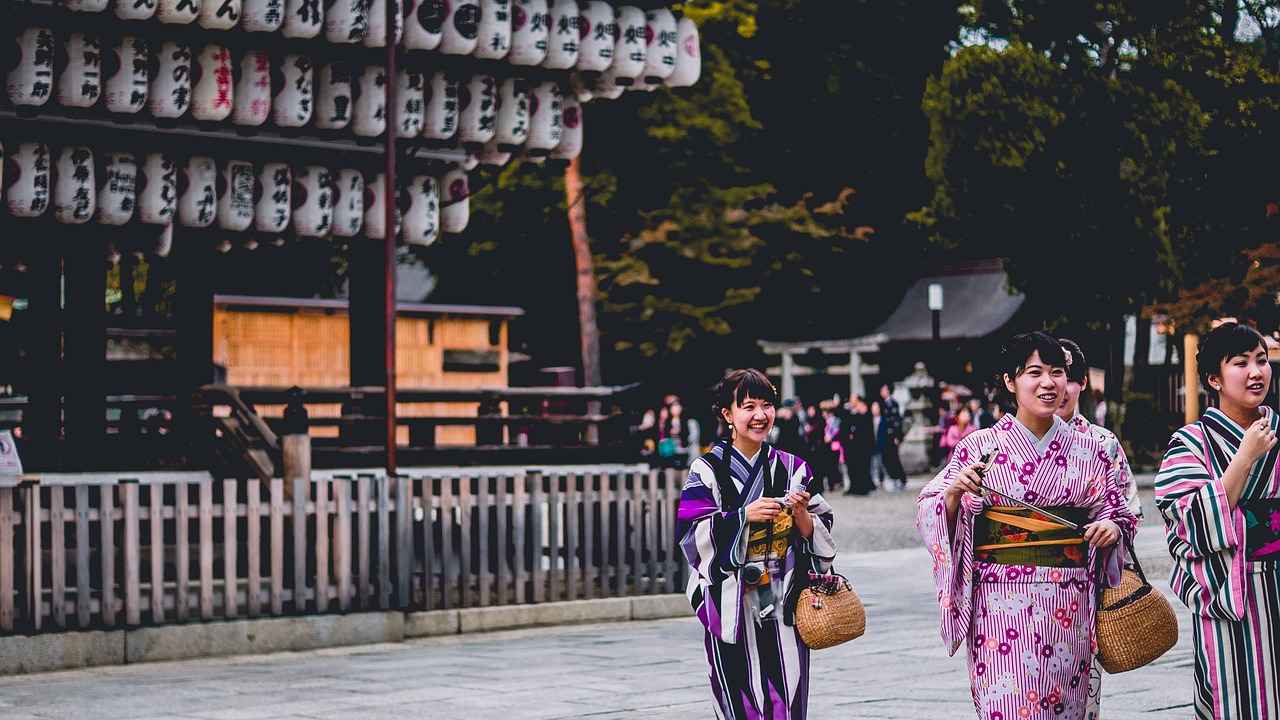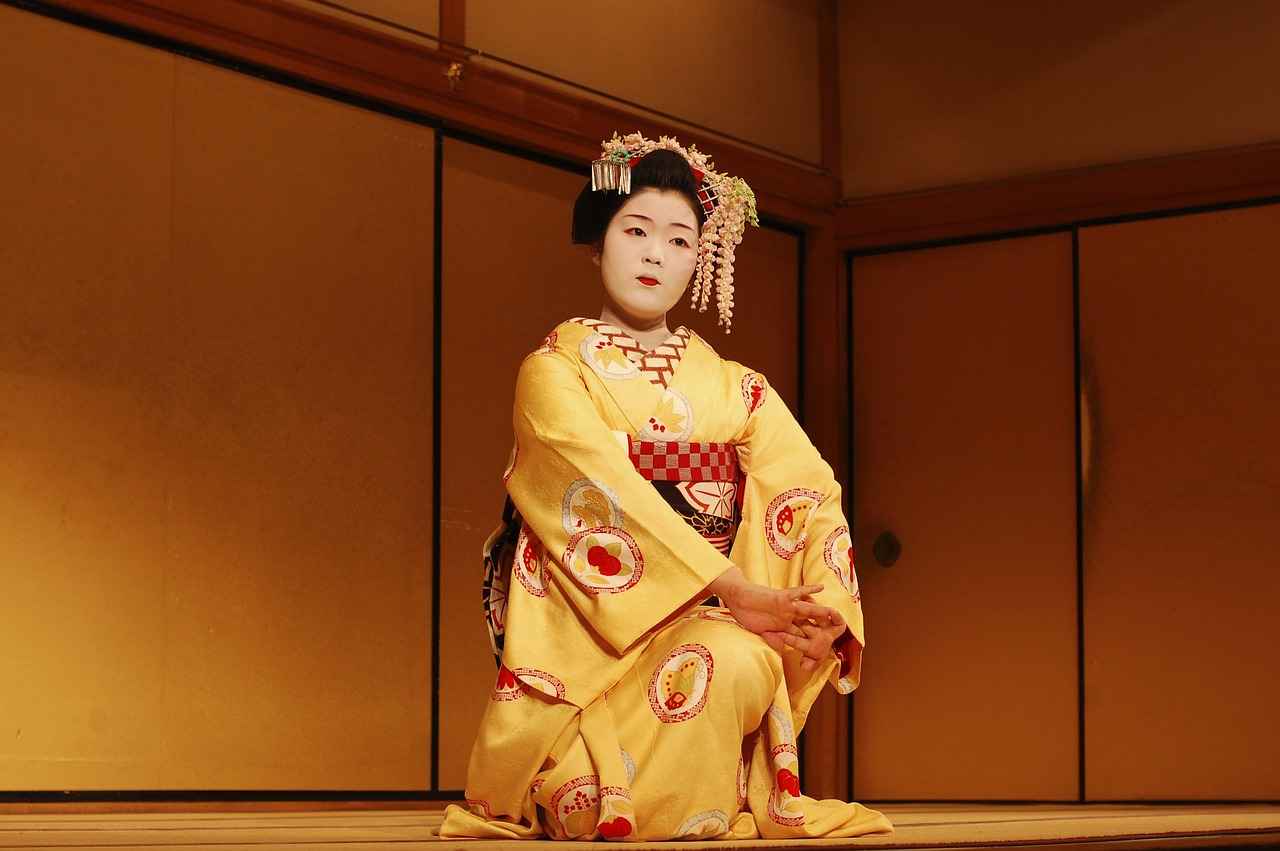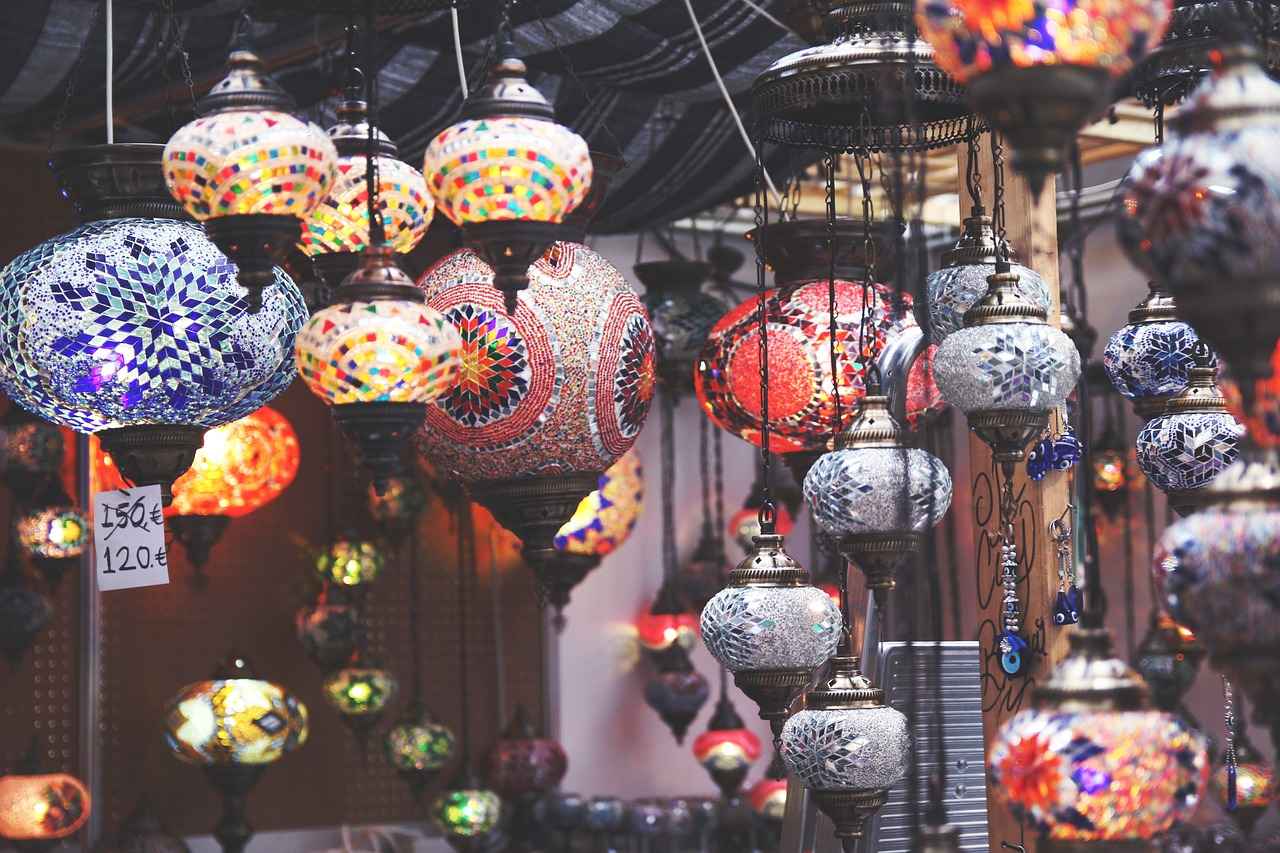This article delves into the history, significance, and modern adaptations of the kimono, offering insights into how to wear this traditional garment in contemporary fashion.
The History of the Kimono
The kimono is not just a garment; it is a symbol of Japanese culture and tradition. Its origins can be traced back to the Heian period (794-1185), where it was characterized by its straight seams and long sleeves. Over the centuries, the kimono has evolved dramatically, reflecting changes in society, fashion, and technology. Understanding its rich history allows one to appreciate its cultural significance deeply.
Types of Kimonos
- Formal Kimonos: Typically worn during special occasions such as weddings and ceremonies, these kimonos are made from luxurious fabrics and feature intricate designs.
- Casual Kimonos: Suitable for everyday wear, casual kimonos can be styled in various ways, making them versatile and fashionable.
How to Wear a Kimono
Wearing a kimono requires specific techniques to ensure it is styled correctly. Here’s a quick guide:
- Start with a kimono base layer, ensuring it fits comfortably.
- Add an obi (belt) to cinch the waist.
- Accessorize with items like obiage and obijime for a polished look.
Modern Adaptations of the Kimono
In recent years, the kimono has seen a resurgence in modern fashion. Designers are incorporating its elements into contemporary clothing, blending traditional aesthetics with modern trends. From street fashion to high fashion, the kimono is being reimagined in exciting ways.
Conclusion: Embracing the Kimono Today
The kimono continues to be a powerful symbol of Japanese culture while adapting to modern styles. By incorporating kimonos into your wardrobe, you can celebrate this beautiful garment and its rich heritage.
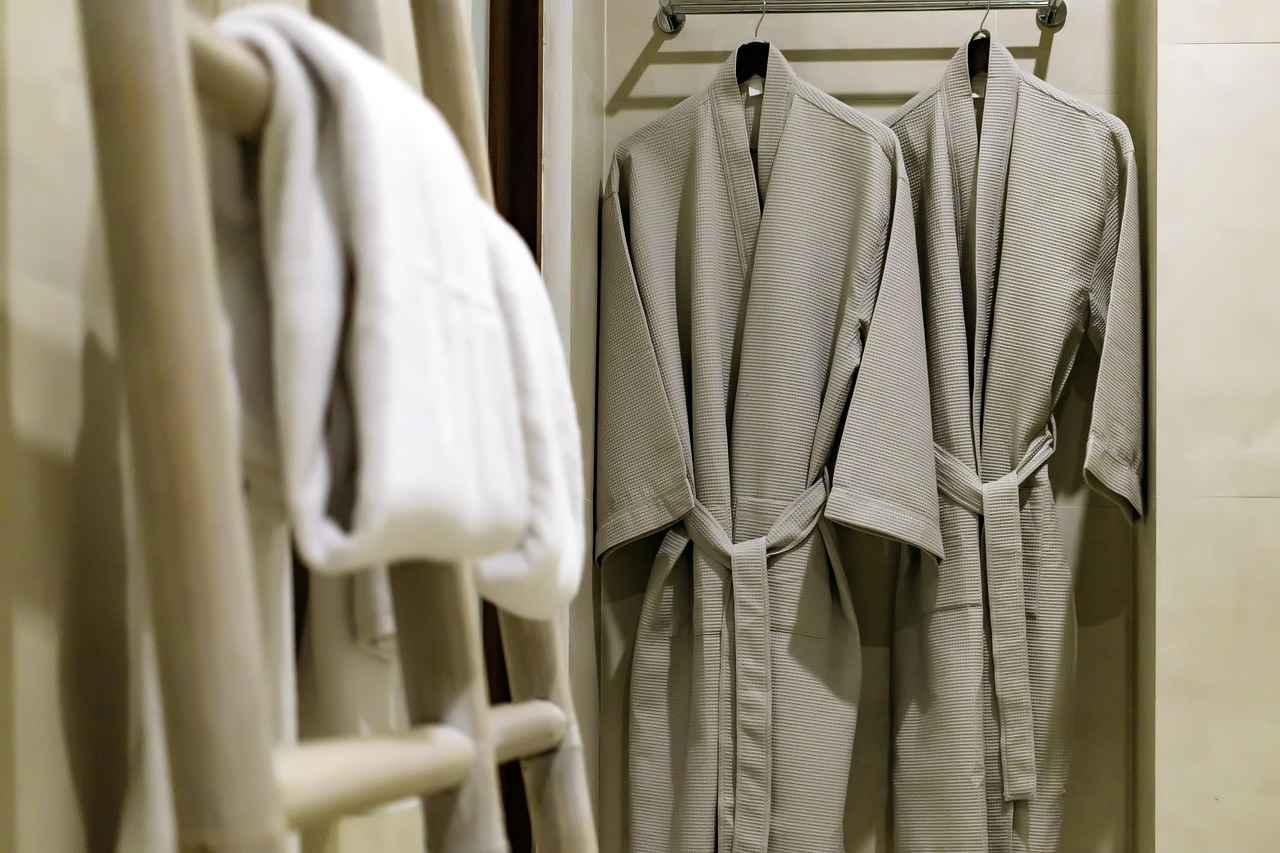
The History of the Kimono
The kimono, a traditional Japanese garment, is not just a piece of clothing; it embodies a rich tapestry of history and culture. Its origins can be traced back to the Heian period (794-1185), when it was primarily a simple, straight-lined robe. Over the centuries, the kimono has undergone significant transformations, both in style and meaning, reflecting the changing social and cultural landscape of Japan.
Initially, kimonos were made from plain fabrics and featured minimal decoration. However, as the centuries progressed, their designs became increasingly elaborate, incorporating vibrant colors and intricate patterns. This evolution was influenced by various factors, including the introduction of new dyeing techniques and the rise of the samurai class, which led to the creation of more formal and ceremonial garments.
Understanding the cultural significance of the kimono is essential to appreciating its role in Japanese society. Traditionally, kimonos were worn by both men and women, with specific styles designated for different occasions. For instance, formal kimonos, such as the furisode, are characterized by their long sleeves and are typically worn by young women during significant life events like weddings. In contrast, the tomesode, which features shorter sleeves and more subdued colors, is often reserved for married women.
As Japan entered the modern era, the kimono began to face competition from Western-style clothing. Despite this, it has remained a symbol of Japanese identity and cultural heritage. Today, many people wear kimonos during traditional festivals, ceremonies, and celebrations, ensuring that this beautiful garment continues to play a vital role in Japanese life.
In conclusion, the history of the kimono is a fascinating journey through time, reflecting the rich cultural heritage of Japan. Its evolution from a simple robe to a symbol of elegance and tradition highlights its enduring significance in contemporary society.
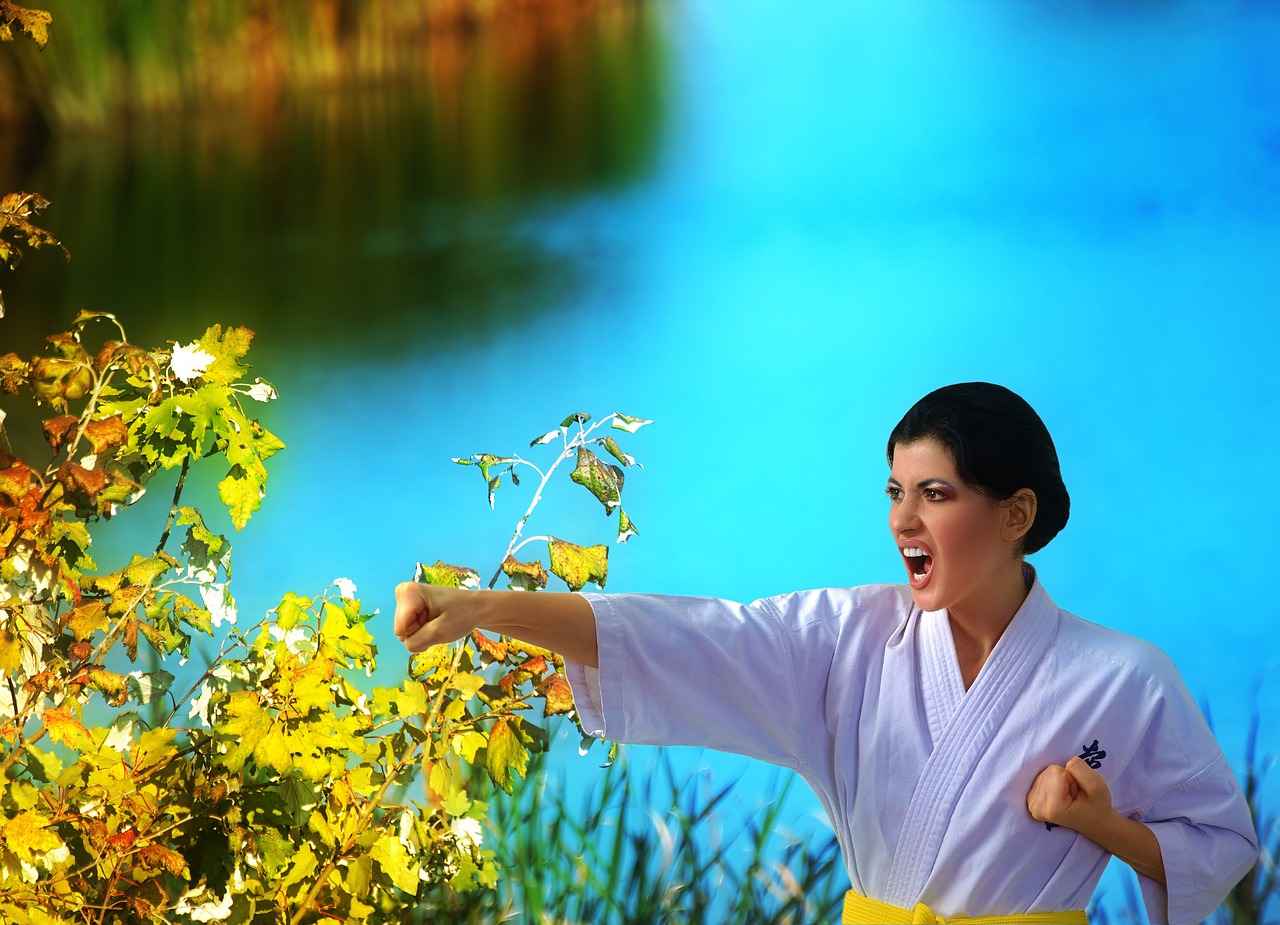
Types of Kimonos
Kimonos are a beautiful representation of Japanese culture, with each style serving unique purposes and occasions. Understanding the different types of kimonos can help you select the perfect one for any event, whether formal or casual. Below, we explore the main categories of kimonos, highlighting their characteristics and appropriate uses.
| Type of Kimono | Description | Occasions |
|---|---|---|
| Formal Kimonos | These are elegant garments made from luxurious fabrics, often adorned with intricate designs. | Weddings, tea ceremonies, and formal gatherings. |
| Furisode | Characterized by long sleeves and vibrant colors, typically worn by young unmarried women. | Coming-of-age ceremonies, weddings, and festive occasions. |
| Tomesode | Worn by married women, these kimonos have shorter sleeves and more subdued colors. | Weddings (as guests), formal events, and family celebrations. |
| Casual Kimonos | These kimonos are made from lighter fabrics and can be worn in a variety of styles. | Everyday wear, casual outings, and relaxed gatherings. |
| Yukata | A casual summer kimono made of cotton, often featuring vibrant prints. | Summer festivals, fireworks displays, and hot spring visits. |
Choosing the right kimono involves considering the occasion and personal style. For formal events, opt for Furisode or Tomesode, while casual outings can be complemented with a Yukata or a casual kimono. Each type of kimono offers a distinct way to express oneself while honoring Japanese tradition.
Formal Kimonos
hold a special place in Japanese culture, often reserved for significant events such as weddings, tea ceremonies, and other formal gatherings. These garments are not just clothing; they are a representation of tradition, elegance, and meticulous craftsmanship.
One of the defining characteristics of formal kimonos is their intricate designs and the quality of fabrics used. Typically, these kimonos are made from luxurious materials such as silk, which allows for vibrant colors and detailed patterns. The craftsmanship involved in creating a formal kimono includes techniques like dying, weaving, and embroidery, each contributing to the garment’s overall beauty.
| Type of Fabric | Description |
|---|---|
| Silk | Luxurious and smooth, often used for formal occasions. |
| Polyester | A more affordable option, easier to maintain and clean. |
| Cotton | Used for casual kimonos, but can also be found in some formal styles. |
In addition to the fabric, the color and pattern of a formal kimono are essential elements that signify the occasion. For example, a white kimono is often worn by brides, symbolizing purity, while darker colors like black or navy may be worn at funerals or memorial services.
Accessories also play a crucial role in completing the formal kimono look. A beautifully tied obi (belt) not only enhances the outfit but also provides structure. Other accessories such as obiage (obi scarf) and obijime (decorative cord) add layers of elegance and personalization to the ensemble.
In conclusion, formal kimonos are more than mere garments; they are a rich tapestry of culture and tradition, reflecting the wearer’s respect for heritage and the significance of the occasion. Understanding their characteristics and the thoughtfulness behind their design allows one to appreciate their beauty fully.
Furisode
kimonos are a stunning representation of Japan’s rich cultural heritage, renowned for their long sleeves and vibrant colors. Traditionally worn by young women during significant life events such as coming-of-age ceremonies, weddings, and other formal gatherings, these garments symbolize youth, beauty, and the transition into adulthood.
The term “furisode” translates to “swinging sleeves,” aptly describing the dramatic flow and movement of the fabric. These kimonos are often adorned with intricate patterns and designs that reflect the season or occasion, making them not only a garment but also a work of art. The vibrancy of colors used in furisode kimonos is particularly noteworthy, as they often feature bright hues like red, pink, and gold, which are believed to bring good fortune and happiness.
When styling a furisode, it is essential to consider the accompanying accessories that enhance the overall look. A wide obi (belt) is typically worn to cinch the waist and provide structure to the flowing fabric. Additionally, obiage and obijime are often used to add layers of color and texture, creating a cohesive and elegant appearance. Footwear also plays a crucial role; traditional geta or zori sandals are commonly paired with kimonos, contributing to the overall aesthetic.
Moreover, the proper way to wear a furisode involves specific techniques that ensure the garment is displayed beautifully. It is important to secure the kimono correctly, allowing the sleeves to drape gracefully and the fabric to flow without restriction. This attention to detail not only enhances the wearer’s appearance but also pays homage to the cultural significance of the furisode.
In conclusion, furisode kimonos are more than just clothing; they are a celebration of Japanese culture and tradition. By understanding their significance and mastering the art of styling them, one can truly appreciate the beauty and heritage that these garments represent.
Tomesode
kimonos are a beautiful representation of Japanese culture, traditionally worn by married women. Characterized by their shorter sleeves and subdued colors, these garments hold significant cultural meaning and are often associated with formal occasions.
Historically, tomesode kimonos are known for their elegance and are typically worn during important events such as weddings, tea ceremonies, and family gatherings. Unlike their vibrant counterpart, the furisode, which features long sleeves and is often donned by young, unmarried women, tomesode kimonos convey a sense of maturity and sophistication.
When accessorizing a tomesode, it is essential to choose items that complement its understated elegance. Here are some tips:
- Obi: Select a wide obi that harmonizes with the colors of your kimono. A simple yet elegant design can enhance the overall look.
- Obiage: This decorative piece adds a pop of color and texture. Choose one that contrasts gently with your kimono.
- Obijime: A narrow cord tied around the obi can add a refined touch. Opt for a design that matches your overall color scheme.
- Footwear: Traditional geta or zori sandals are appropriate choices. Ensure they are comfortable, especially for longer events.
Additionally, consider incorporating traditional jewelry or hair accessories to complete your look. A simple kanzashi (hairpin) can add a touch of elegance without overpowering the kimono’s design.
In summary, the tomesode kimono is not just a garment but a symbol of tradition and elegance. By understanding its significance and accessorizing thoughtfully, you can wear this beautiful piece of cultural heritage with confidence.
Casual Kimonos
have become a staple in modern fashion, offering a unique blend of comfort and style. These versatile garments are perfect for everyday wear and can be effortlessly styled in a variety of ways. Whether you’re heading to a casual brunch or a day out with friends, a casual kimono can elevate your outfit while providing a relaxed vibe.
One of the most appealing aspects of casual kimonos is their versatility. They can be paired with numerous outfits, including jeans, shorts, or even over a simple dress. This adaptability allows for a seamless transition from day to night, making them a practical choice for any wardrobe. Here are some popular styles:
- Long Kimono: This flowing style adds a touch of elegance to any outfit. It works well with fitted clothing, allowing for a balanced silhouette.
- Short Kimono: Perfect for warmer weather, a short kimono can be paired with tank tops and skirts, providing a breezy, chic look.
- Printed Kimono: Bold patterns and colors can make a statement. These kimonos can be worn over basic outfits to add a pop of personality.
- Denim Kimono: A modern twist on the traditional design, denim kimonos blend casual chic with a timeless fabric, making them perfect for a laid-back day.
When styling a casual kimono, consider layering it over a fitted top or dress to create a balanced silhouette. Accessories also play a crucial role; a simple belt can cinch the waist, while statement jewelry can enhance the overall look. Footwear choices range from sandals to ankle boots, allowing for further personalization.
In conclusion, casual kimonos are not just a fashion statement; they represent a fusion of traditional and contemporary styles. Their ability to adapt to various occasions and personal styles makes them a must-have item in any fashion-forward wardrobe.

How to Wear a Kimono
Wearing a kimono is an art that combines tradition with elegance. Whether you are preparing for a special occasion or simply wish to embrace Japanese culture, understanding the proper techniques and accessories is crucial. This guide will walk you through the steps to wear a kimono correctly for both men and women.
Step-by-Step Guide
- Choose the Right Kimono: Select a kimono that suits the occasion. Formal events require a furisode for women or a tachi-eri for men, while casual outings can accommodate a yukata.
- Prepare Your Under Garments: Women should wear a hadagi (undershirt) and susoyoke (underskirt), while men typically wear a hifu (kimono jacket) over their undergarments.
- Put on the Kimono: Start by slipping the kimono over your shoulders, ensuring that the back is aligned properly. The left side should always overlap the right side.
- Secure with an Obi: The obi is a wide belt that holds the kimono in place. Wrap the obi around your waist, ensuring it sits comfortably. For women, a obiage (obi scarf) can be added for extra flair.
- Accessorize: Add accessories such as obijime (decorative cord) and obidome (obi ornament) to enhance your look. Footwear should be traditional geta or zori.
- Final Adjustments: Make sure the kimono is comfortable and adjust any layers as necessary. The sleeves should fall gracefully at your wrists.
Tips for Men: Men can opt for simpler styles, often using a kaku obi (flat obi) which is easier to tie. Ensure the kimono is not too long to avoid tripping.
Conclusion: Wearing a kimono is a beautiful way to connect with Japanese culture. With practice, anyone can master the art of kimono dressing, making it a rewarding experience.
Essential Accessories
play a vital role in enhancing the overall appearance of a kimono. These items not only serve functional purposes but also add aesthetic value to this beautiful traditional garment. Below, we will explore some of the most important accessories that complete the kimono look, including the obi, obiage, and obijime.
- Obi: The obi is a wide belt that is wrapped around the waist, securing the kimono in place. It comes in various styles and materials, ranging from formal silk to casual cotton. The choice of obi can significantly influence the overall look of the kimono. For formal occasions, a more elaborate obi with intricate designs is preferred, while a simpler obi is suitable for casual wear.
- Obiage: This is a decorative piece of fabric that is tucked into the top of the obi. The obiage adds an extra layer of color and texture, allowing for personalization of the kimono ensemble. It is typically made from silk or other fine materials and can feature beautiful patterns. The obiage is usually chosen to complement the colors of the kimono and obi.
- Obijime: The obijime is a cord that is tied around the obi to hold it in place and add an additional decorative element. Available in various colors and styles, the obijime can be a statement piece that enhances the overall design of the kimono. It is essential to select an obijime that harmonizes with the other accessories, creating a cohesive look.
In conclusion, the right accessories are essential for achieving an elegant and polished kimono look. By thoughtfully selecting items such as the obi, obiage, and obijime, one can express personal style while honoring the traditional aspects of this iconic garment. Understanding the functions and styles of these accessories is crucial for anyone looking to wear a kimono with confidence.
Layering Techniques
are essential for enhancing the overall appearance of a kimono while also providing necessary warmth. In this section, we will explore various methods to layer kimonos effectively, ensuring both style and comfort are achieved.
When it comes to layering, the key is to maintain a balance between aesthetics and functionality. Here are some popular layering techniques to consider:
- Kimono with a Turtleneck: Pairing a kimono with a fitted turtleneck can create a chic look. The turtleneck adds warmth and creates a sleek silhouette under the flowing fabric of the kimono.
- Layering with a Long Sleeve Shirt: For a more casual appearance, wearing a long sleeve shirt underneath the kimono can provide an extra layer of warmth. Opt for neutral colors to allow the kimono’s pattern to stand out.
- Adding a Belt: To define your waist while layering, consider using a belt over the kimono. This technique not only adds style but also helps to keep the layers in place.
- Incorporating a Cardigan: A lightweight cardigan can be an excellent addition for cooler days. Choose a cardigan that complements the kimono’s color palette to maintain harmony in your outfit.
- Using a Scarf: A beautifully patterned scarf can add both warmth and a pop of color. Wrap it around your neck or let it drape over your shoulders for a stylish touch.
By experimenting with these layering techniques, you can create a stylish and comfortable outfit that showcases the beauty of the kimono while adapting to various weather conditions. Remember to choose fabrics that are breathable yet warm to ensure maximum comfort throughout the day.
In conclusion, layering a kimono effectively not only enhances its appearance but also allows for versatility in styling. Whether dressing for a casual outing or a formal event, these techniques can elevate your kimono game.
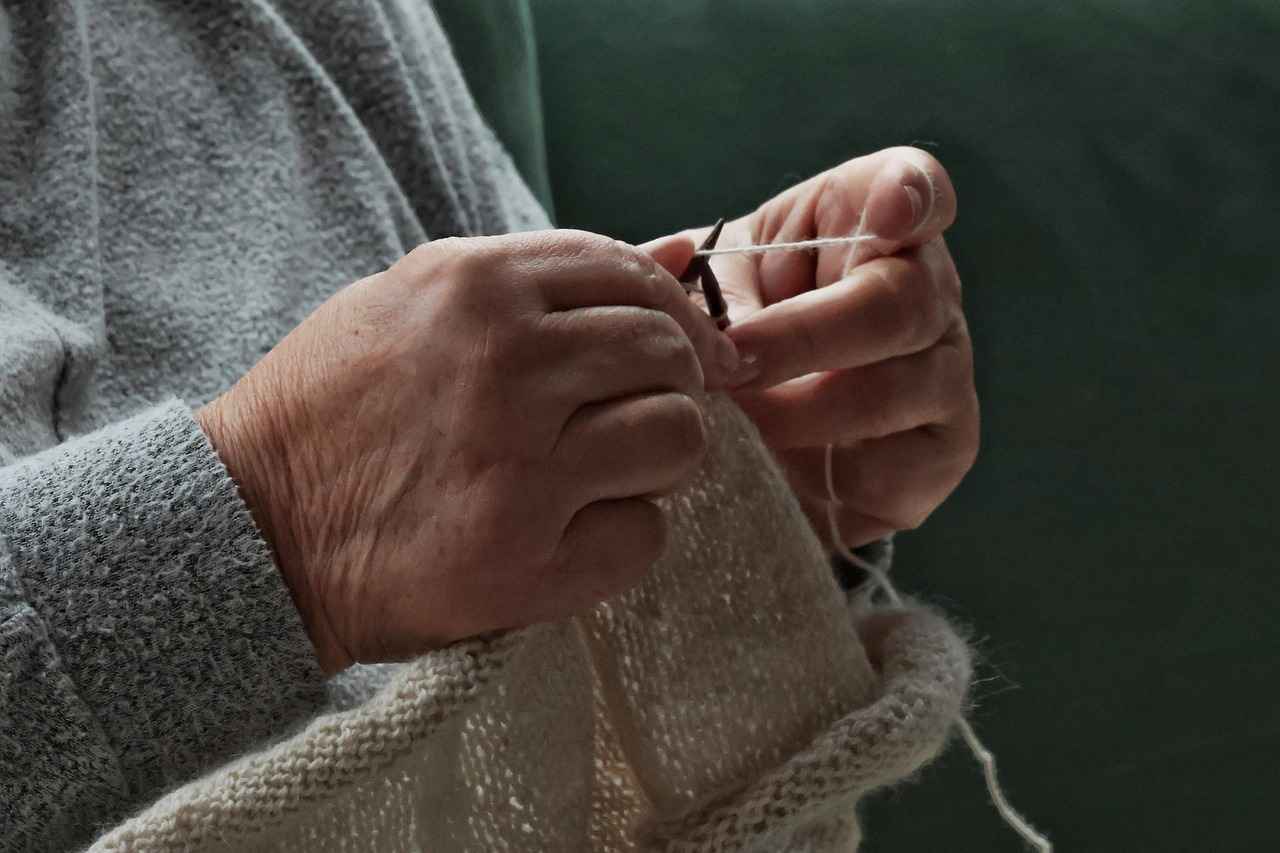
Modern Adaptations of the Kimono
The modern adaptation of the kimono has become a fascinating topic in the world of fashion. As designers draw inspiration from traditional Japanese attire, the kimono is being reinterpreted in various innovative ways that resonate with contemporary aesthetics and lifestyles. This section delves into the exciting transformations of the kimono, highlighting its integration into modern wardrobes.
In recent years, the kimono has transcended its traditional boundaries, becoming a staple in both street style and high fashion. Designers are now merging the classic silhouette of the kimono with modern fabrics and cuts, creating versatile pieces that appeal to a broader audience. The incorporation of vibrant patterns and bold colors has made kimonos a popular choice for casual outings, while still retaining their cultural essence.
Street fashion has played a pivotal role in this resurgence. Urban dwellers often mix and match kimonos with jeans, crop tops, and sneakers, resulting in a chic and effortless look. This fusion of styles not only showcases the kimono’s versatility but also emphasizes its ability to adapt to various fashion trends. Many street style icons are now seen sporting kimonos, demonstrating how this traditional garment can be both stylish and comfortable.
Moreover, high fashion designers are increasingly showcasing kimonos on runways, blending them seamlessly into their collections. Renowned fashion houses have presented kimonos that feature luxurious fabrics, intricate embroidery, and avant-garde designs. These adaptations highlight the garment’s elegance while appealing to modern sensibilities. Designers are also experimenting with asymmetrical cuts and layering techniques, further pushing the boundaries of traditional kimono styling.
In conclusion, the kimono is not just a relic of the past; it has evolved into a dynamic piece of clothing that bridges the gap between tradition and modernity. As fashion continues to embrace cultural influences, the kimono stands out as a symbol of innovation and adaptability. By incorporating kimonos into everyday wardrobes, individuals can celebrate this rich heritage while making a bold fashion statement.
Street Fashion Influences
Street fashion has become a vibrant canvas where traditional elements meet contemporary style, and one of the most striking examples of this fusion is the kimono. This iconic garment, steeped in history, has found its way into the hearts of fashion enthusiasts worldwide. The kimono is no longer confined to formal occasions; instead, it has evolved into a versatile piece that can be styled in countless ways, particularly in the realm of street fashion.
In urban settings, kimonos are often paired with casual attire to create a unique blend of elegance and comfort. For instance, a vibrant floral kimono can be worn over a simple white t-shirt and distressed jeans, instantly elevating the outfit. This look is not only stylish but also allows for personal expression through the choice of colors and patterns.
Another popular trend is the layering of kimonos with streetwear staples. Many fashion-forward individuals opt for oversized kimonos paired with hoodies and sneakers, merging the traditional with the urban. This combination not only showcases the beauty of the kimono but also emphasizes a relaxed, yet chic vibe.
| Street Style Look | Description |
|---|---|
| Kimono with Jeans | A floral kimono layered over a basic tee and skinny jeans for a casual day out. |
| Layered Look | An oversized kimono worn over a hoodie and joggers, perfect for a laid-back street style. |
| Kimono Dress | A kimono styled as a dress with a belt, creating a sophisticated yet trendy appearance. |
Accessories also play a crucial role in completing the street style look. A simple belt can cinch the waist, adding shape to the outfit, while statement jewelry can enhance the overall aesthetic. Footwear choices range from chunky sneakers to elegant sandals, allowing for a personal touch.
As street fashion continues to evolve, the kimono remains a symbol of cultural heritage, reimagined for the modern world. Embracing this garment in everyday attire not only pays homage to its rich history but also allows for creativity and self-expression in fashion.
Kimono in High Fashion
In recent years, the kimono, a traditional Japanese garment, has made a significant impact on the world of high fashion. Renowned designers are increasingly drawing inspiration from this iconic piece, showcasing its versatility and elegance on prestigious runways around the globe. This article delves into the influence of kimonos in contemporary fashion, highlighting notable designers and collections that celebrate this beautiful garment.
The kimono’s unique silhouette, characterized by its flowing lines and intricate patterns, offers a canvas for designers to explore creativity. Many high fashion collections feature kimonos reimagined with modern fabrics, bold colors, and innovative cuts. Notable designers such as Yohji Yamamoto and Issey Miyake have incorporated elements of traditional kimonos into their collections, blending cultural heritage with contemporary aesthetics.
For instance, Yohji Yamamoto is celebrated for his avant-garde approach, often using the kimono’s structure to create dramatic silhouettes that challenge conventional fashion norms. His collections frequently feature oversized kimonos paired with modern streetwear, showcasing a fusion of traditional and contemporary styles. On the other hand, Issey Miyake emphasizes the use of innovative fabrics and pleating techniques, transforming the kimono into a statement piece that resonates with a global audience.
Moreover, luxury brands like Gucci and Louis Vuitton have also embraced the kimono aesthetic, incorporating kimono-inspired designs into their seasonal collections. These adaptations often reflect a blend of cultural appreciation and fashion-forward thinking, allowing the kimono to transcend its traditional boundaries.
As the kimono continues to inspire high fashion, it serves as a reminder of the garment’s rich cultural significance while adapting to modern trends. This evolution not only celebrates the beauty of the kimono but also encourages a broader appreciation for diverse cultural influences in the fashion industry.

Conclusion: Embracing the Kimono Today
The kimono, a traditional Japanese garment, has transcended its historical roots to become a dynamic element in modern fashion. As a symbol of cultural heritage, the kimono embodies the essence of Japan while adapting to contemporary styles. This evolution invites individuals from all walks of life to explore the beauty and versatility of kimonos in their daily wardrobes.
Historically, kimonos were worn by the Japanese people in various forms, each with its own significance and purpose. Today, the kimono has been reimagined, allowing for a fusion of traditional aesthetics with modern trends. From casual outings to formal events, kimonos can be styled in numerous ways, making them a flexible choice for any occasion.
When considering how to incorporate a kimono into your outfit, it is essential to embrace its unique features. Layering is one effective technique, allowing you to pair a kimono with jeans or a simple dress. This not only adds depth to your look but also provides comfort and warmth. Additionally, choosing the right accessories, such as an obi or a stylish belt, can enhance the overall appeal of your ensemble.
Furthermore, the rise of street fashion has played a significant role in popularizing kimonos among younger generations. Fashion influencers and designers are increasingly showcasing kimonos in innovative ways, blending traditional elements with contemporary styles. This trend encourages individuals to wear kimonos with confidence and creativity, breaking away from the notion that they are solely reserved for formal occasions.
In conclusion, the kimono remains a powerful symbol of Japanese culture while seamlessly adapting to modern styles. By embracing and incorporating kimonos into your wardrobe, you not only celebrate a rich tradition but also express your unique fashion sense. So, step out with confidence, and let the elegance of the kimono enhance your personal style!
Frequently Asked Questions
- What is a kimono?
A kimono is a traditional Japanese garment characterized by long sleeves and a wrap-around design. It has deep cultural significance and has evolved over centuries, adapting to modern fashion while retaining its historical roots.
- How do I choose the right kimono for an occasion?
Choosing the right kimono depends on the occasion. For formal events like weddings, opt for a tomesode or furisode. For casual outings, a lightweight, colorful kimono can be a stylish choice. Always consider the fabric and style that suits the event!
- Can men wear kimonos?
Absolutely! Kimonos are not just for women. Men can wear yukata or kimono styles that are equally stylish and comfortable, perfect for various occasions and casual settings.
- What accessories do I need to wear with a kimono?
Essential accessories include an obi (belt), obiage (obi scarf), and obijime (decorative cord). These items help secure the kimono and add an elegant touch to your outfit.
- How can I incorporate a kimono into my modern wardrobe?
You can style a kimono with jeans, a simple top, or even over a dress for a chic look. Layering is key—mix traditional elements with contemporary pieces for a unique and fashionable outfit!
